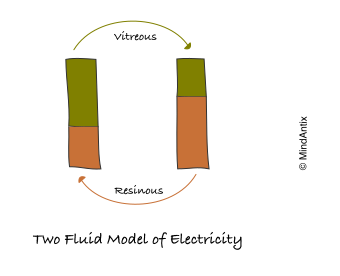In early 1820s, the French scientist and mathematician, Joseph Fourier, asked himself a very simple question: what determines the average temperature on Earth? Or in other words, when the Sun’s rays strike the Earth, why doesn’t the Earth keep getting hot?
Asking these questions made Fourier realize that the Earth’s heated surface emits invisible radiation (infrared radiation). And while he did not have the tools then to prove this, he also intuited that the Earth’s atmosphere plays a role in keeping the Earth warm. It took other scientists and their probing questions – like John Tyndall (what is the relation between density of gas and heat absorbed?) and Svante Arrhenius (how strongly is radiation absorbed by carbon dioxide?) – that finally proved that the presence of carbon dioxide and other greenhouse gases play a crucial role in warming the Earth.
Good questioning has always played a role in leading to creative breakthroughs in pretty much every domain from arts to sciences. It’s a thinking skill that underlies critical, creative and complex problem solving.
Unfortunately, research studies in science have found that not only does the number of questions students ask drop with grade level, fewer students ask questions of high cognitive level.
Simpler questions tend to seek or clarify factual information and are essential to build an understanding of the science topic. However, once there is sufficient familiarity with the topic, higher cognitive level questions can lead to a deeper understanding, creative and inventive applications and even transformation of the field. These “wonderment” questions try to find connections between concepts or extend the area by identifying additional aspects to explore.
Research studies have found that teaching students how to ask good questions can be quite effective. Students who received instruction or were provided a framework to ask research questions were able to generate more higher level questions than those who didn’t.
Model Based Inquiry (MBI), a more authentic way to teach science, also provides a natural way to structure the questioning process. A model, in general, is a representation of bigger system or phenomenon. It describes the different components, the relationships between the components and the mechanisms (that are often hidden) that underlie these relationships.
Another way to look at a model is that it tries to clarify three types of questions – what, how and why. The “what” questions correspond to the different components in the system. The “how” questions correspond to the relationships, or how different components affect each other. Finally, the “why” questions try to get to the bottom of how different relationships work.
All of these questions have the potential of changing the model thereby improving our understanding of the phenomenon. These model-based questions will typically lead to higher level, research questions in science.
Using the scientific model as a starting point to generate more high level questions can be an effective strategy in science education. As Professor Chin, who researches students’ learning approaches is science, says, “As educators, we know that the skill in the art of questioning is essential to teaching well. However, with the emphasis today on active learning, critical and creative thinking, skill in the art of questioning is also critical to learning well.” Using MBI has the potential to make this process more structured and less intimidating in the classroom.


